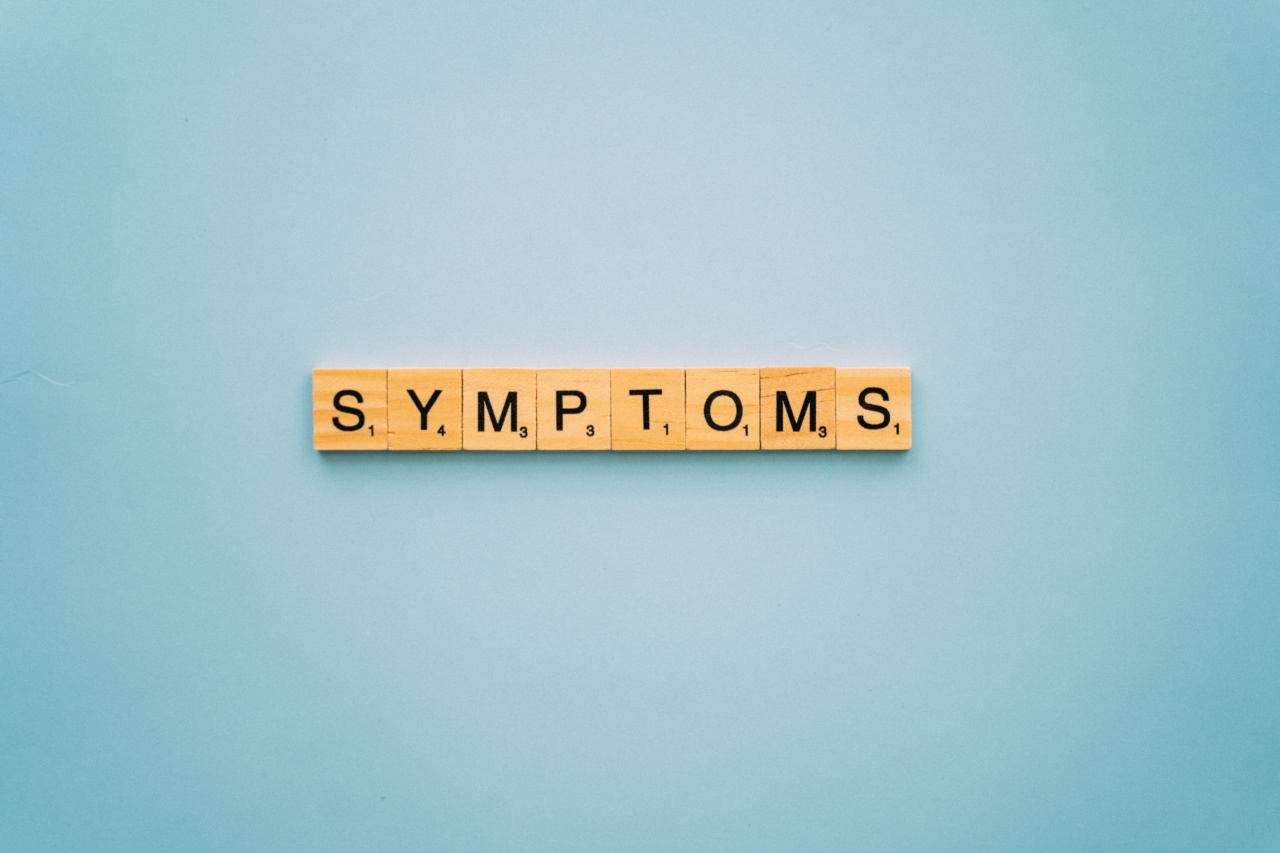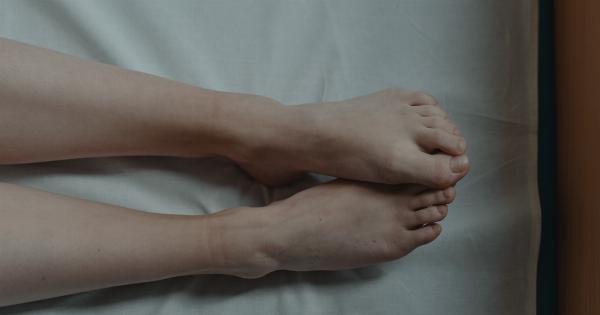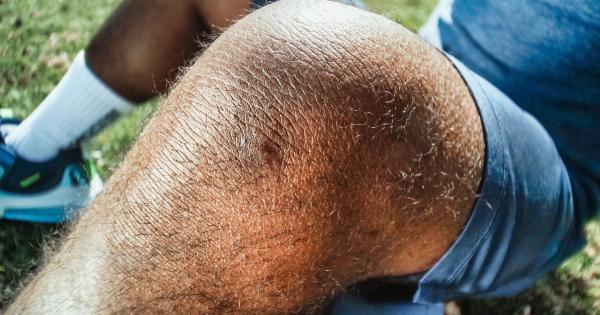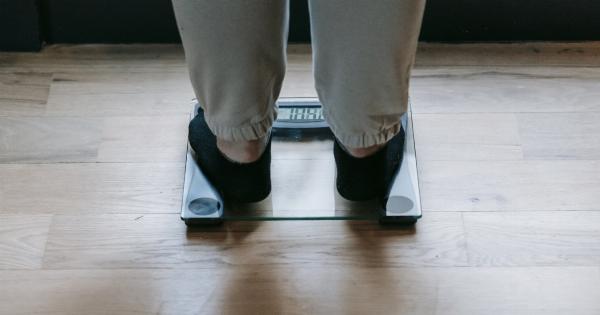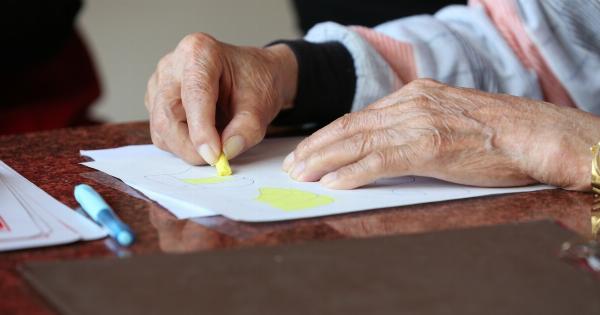Meniscus tears are quite common knee injuries that can occur during physical activities that involve twisting or a direct blow to the knee joint.
The meniscus is a c-shaped piece of cartilage that works as a cushion between the thigh bone and the shin bone. When the meniscus tears, it can cause pain, swelling, and difficulty moving the knee joint.
Signs of a Meniscus Tear
The most common symptoms of a meniscus tear include:.
- Pain around the knee joint, especially when twisting or rotating it
- Swelling around the knee joint that may become worse over time
- Tenderness when touching the knee joint
- Stiffness in the knee joint
- A popping sensation at the time of injury
If you have any of these symptoms, see a doctor as soon as possible to determine the severity of the injury and discuss treatment options.
Different Types of Meniscus Tears
Meniscus tears can be classified according to their location, type, and severity. Here are the different types of meniscus tears:.
Location
Meniscus tears can occur in three different locations:.
- Medial meniscus: located on the inner part of the knee joint
- Lateral meniscus: located on the outer part of the knee joint
- Bucket handle tear: occurs when a tear goes through the center of the meniscus, causing it to split into two parts
Type
Meniscus tears can also be classified according to their shape:.
- Longitudinal tear: occurs when a tear runs parallel to the long axis of the meniscus
- Radial tear: occurs when a tear runs perpendicular to the long axis of the meniscus
- Flap tear: occurs when a flap of the meniscus is torn but still attached at one end
- Complex tear: occurs when a combination of tears are present in the meniscus
Severity
The severity of a meniscus tear can be classified into three grades:.
- Grade 1: small tear that may heal on its own within a few weeks
- Grade 2: larger tear that may require rest, physical therapy, or surgery
- Grade 3: complete tear that often requires surgery to fix
Causes of Meniscus Tears
Meniscus tears can happen to anyone but are more likely to occur during certain activities such as:.
- Contact sports such as football, basketball, and soccer
- Twisting or pivoting movements common in tennis, skiing, and gymnastics
- Activities that cause direct trauma to the knee joint
People who have weak knee muscles, unstable knee joints, or degenerative joint disease are also at a higher risk of experiencing a meniscus tear.
Treatment for Meniscus Tears
The treatment for a meniscus tear depends on its location, type, severity, and the patient’s age and overall health. Here are some common treatment options:.
Conservative Treatment
Conservative treatment methods may include:.
- Rest and elevation to reduce swelling
- Ice therapy to relieve pain and reduce inflammation
- Physical therapy exercises to improve knee strength and flexibility
- Nonsteroidal anti-inflammatory drugs (NSAIDs) to relieve pain and inflammation
- Bracing or taping to provide additional knee support
Surgery
If conservative treatments do not relieve symptoms, surgery may be necessary. The type of surgery depends on the location and severity of the tear.
- Arthroscopy: a minimally invasive surgical procedure that involves making small incisions near the knee joint to insert a camera and surgical instruments to repair the tear
- Partial meniscectomy: a surgical procedure that involves removing part of the damaged meniscus
- Meniscus repair: a surgical procedure that involves suturing the torn meniscus back together
- Meniscal transplant: a surgical procedure that involves replacing the damaged meniscus with a donor meniscus
Preventing Meniscus Tears
There is no sure-fire way to prevent a meniscus tear, but there are some things you can do to reduce your risk:.
- Wear proper footwear with good traction and support when participating in physical activities
- Warm up and stretch before exercising or playing sports
- Strengthen your leg muscles through regular exercise and weight training
- Avoid sudden or sharp movements that can cause your knee to twist
- Maintain a healthy weight to reduce stress on your knee joints
If you suspect you have a meniscus tear, see a doctor as soon as possible to determine the severity of the injury and discuss treatment options.
With proper rest and treatment, most people with meniscus tears can return to their normal activities over time.
